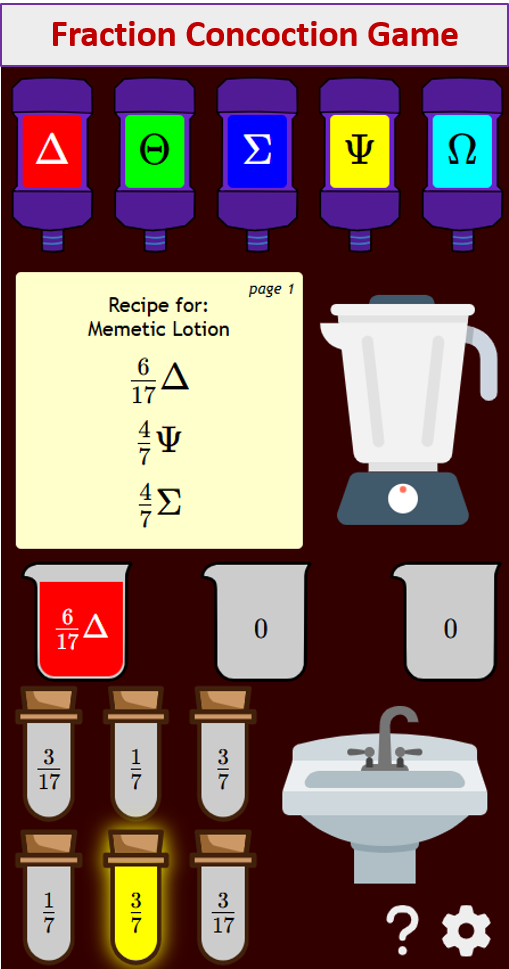Central Nervous System
Examples, solutions, videos, and experiments that are suitable for Biology.
Brain, Spinal Cord, Central Nervous System
The nervous system is a complex network of nerve cells and nerve fibers spread throughout the body. Its function is to interpret, store, and respond to information received from inside and outside. The central nervous system or CNS, consists of the brain and spinal cord and is responsible for processing information gathered from the rest of the nerves and transmitting instructions to the body.
Messages passing to and from the CNS are carried by the nerves of the peripheral nervous system. This system includes twelve pairs of cranial nerves and thirty-one pairs of spinal nerves. The cranial nerves and the spinal nerves control voluntary movements and sensations. The autonomic nervous system, consisting of sympathetic and parasympathetic nerve fibers, controls such involuntary body functions as the heartbeat.
The Brain and Central Nervous System
How the Body Works : Anatomy of a Nerve
More than ten thousand million nerve cells and their fibers, or axons, make up the nervous system. The axons are grouped together in nerve trunks containing sensory fibers, which conduct information from the sensory organs to the central nervous system, and motor fibers, which carry information to the central nervous system of the body. The nerve fibers which carry information quickly are enclosed in a thick sheath made of the fatty substance myelin. They are called myelinated nerve fibers. The myelinated sheath has regular indentations along its length called the nodes of Ranvier. The nonmyelinated nerve fibers, which carry information slowly, are grouped together and enclosed in a single sheath.
The anatomy of a nerve includes: the cell body, which is composed of cytoplasm and contains the cell nucleus; the nucleus, which contains the information needed to control the activity of the neuron; the dendrites, outgrowths of the cell body to which and from which they conduct impulses; the epineurium, a fibrous sheath that surrounds the whole nerve; the perineurium, the connective tissue sheath that surrounds bundles of nerve fibers; the endoneurium, the fine sheath of connective tissue around each nerve bundle; the axon, the extended fiber of the nerve cell which carries impulses to and from the cell body; the fatty myelin sheath, the insulating coat that separates the axon in a nerve bundle; the Schwann cell nucleus, the mechanism responsible for the production and maintenance of the myelin sheath and the Nodes of Ranvier, constrictions in the myelin sheath.
Central Nervous System, Reflex Arc
How Reflexes Work (Knee jerk and eye blink)?
Demonstrate how reflexes work at the level of the neurons. We look at both the Knee jerk and eye blink reflexes and the mechanism underlying both.
Try out our new and fun Fraction Concoction Game.
Add and subtract fractions to make exciting fraction concoctions following a recipe. There are four levels of difficulty: Easy, medium, hard and insane. Practice the basics of fraction addition and subtraction or challenge yourself with the insane level.

We welcome your feedback, comments and questions about this site or page. Please submit your feedback or enquiries via our Feedback page.